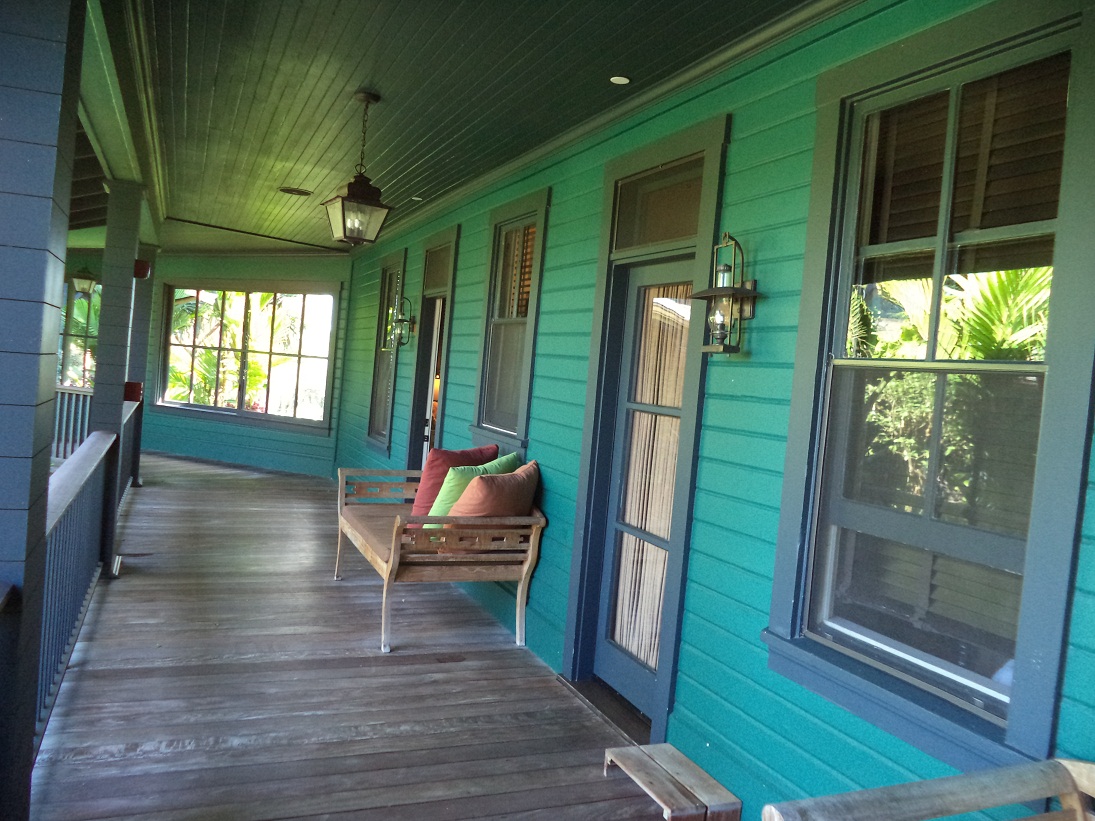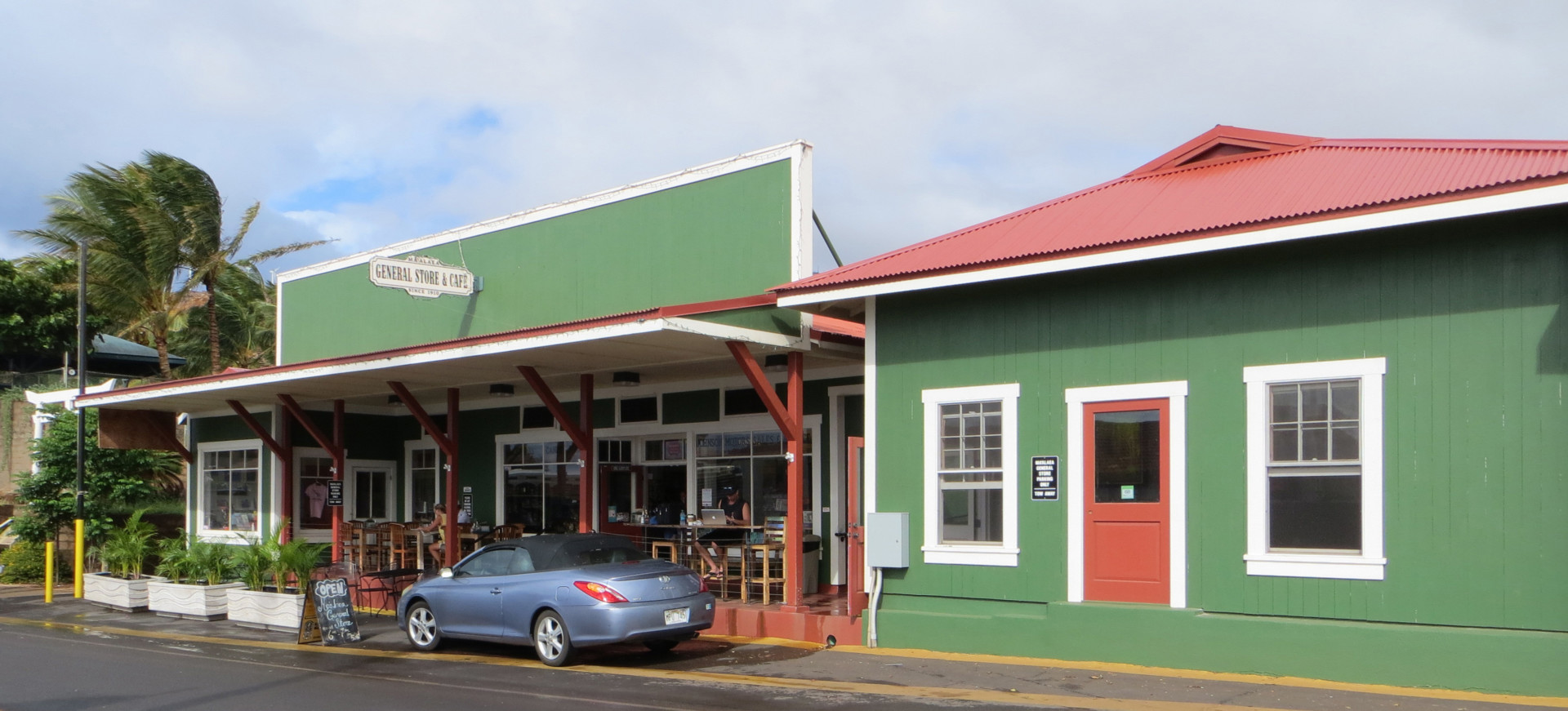12/20/2017:
We’re pleased to share that the 20 percent federal historic tax credit (HTC) is included in the tax reform package that has now passed the House and Senate and is on its way to the President’s desk for signature. Keeping the HTC as a permanent part of the tax code is a significant victory for the preservation community—especially considering that the first House version eliminated the credit.
This extraordinary success underscores the power of the credit and the broad support it has earned in the preservation community. Its inclusion in the most expansive overhaul of our nation’s tax code in more than three decades is a reaffirmation that reviving older and historic buildings is sound federal policy and good for the nation.
The final version of the Tax Cuts and Jobs Act (H.R. 1) passed by Congress keeps the historic tax credit at 20 percent but requires that the credit be taken over five years instead of all at once at the time of project completion. The legislation also repeals the 10 percent rehabilitation tax credit for non-historic buildings. While we were not able to maintain the status quo in all respects, this outcome reflects the widespread support for preserving our historic buildings from stakeholders across the country and bold leadership by several members of Congress who have long championed historic rehabilitation as a way to revitalize our communities.
The Federal Historic Tax Credit is Under Threat. Find Out How You Can Help Protect It.
WHAT IS IT?
The Federal Historic Tax Credit (FHTC) program encourages private sector investment in the rehabilitation and re-use of historic buildings. It provides a 20% tax credit for the certified rehabilitation of historic structures and a 10% tax credit for the rehabilitation of non-historic, nonresidential buildings built before 1936. Click here to read more.
The program creates jobs and is one of the nation’s most successful and cost-effective community revitalization programs. The National Park Service and the Internal Revenue Service administer the program in partnership with State Historic Preservation Offices.
WHY DOES IT MATTER?
The FHTC has played a critical role in revitalizing small towns and cities since it was made a permanent part of the tax code in 1986 with the idea to draw investment to the rehabilitation of older properties.
The program has leveraged $131 billion in private investment, created more than 2.4 million jobs and adapted 42,293 buildings for productive uses through 2016.
Some local Hawai‘i examples that used the FHTC include Kunia Camp (O‘ahu), Mā‘alaea General Store (Maui) and Baldwin Memorial Home (Maui) (see featured photos).
WHAT THREATENS IT?
Republican lawmakers are close to finalizing tax reform legislation, but an outline meant to guide the legislative process failed to retain the FHTC suggesting the tax reform bills currently in the House and Senate will not include it.
WHAT CAN YOU DO?
ACT TODAY! The continuation of the FHTC requires a nationwide effort to raise awareness about the program’s impact and to advocate for its protection in Congress.
CONTACT THE HAWAII CONGRESSIONAL DELEGATION ASAP AND ASK THEM TO SUPPORT RETAINING THE FEDERAL HISTORIC TAX CREDIT
Find your legislators at this link: https://www.govtrack.us/
Sample Script:
- Introduce yourself.
- Say “I have been hearing about tax reform and I wanted to check in to see how the FHTC is fairing. I am extremely concerned that is was not specifically mentioned in the tax reform framework.
- Explain why you value Federal Historic Tax Credits, and that the redevelopment of historic buildings will not get done without the FHTC.
- Talk about recent projects and future projects that won’t happen without the FHTC
- Ask…. “As Congress moves forward on tax reform, please ask the Member to be vocal in their support to the Senate Finance Committee Chair, Orrin Hatch, Chairman Brady of the House Ways and Means Committee and others on the committees — to keep this important incentive that allows redevelopment of our most challenging but historically significant buildings.”
- Invite them to tour a Federal Historic Tax Credit project – or to see historic buildings that won’t get rehabbed if FHTC goes away.
- End the call with a request for a response – something like “Would you please let me know your boss’ position on the Federal Historic Tax Credit after you’ve had a chance to present this information I’ve shared?”
SHARE THE MESSAGE
-Encourage other groups and businesses to also speak up ASAP. Forward this POST TO:
- Architects
- Bankers and lenders
- Business owners
- Chambers of Commerce
- Contractors
- Commercial Realtors
- Developers
- Historic Preservation Commissions
- Main Streets
- Mayors
- Property owners
- Historical societies
- Neighborhood associations
- Preservation groups
- State legislators and officials
REQUEST YOUR CITY COUNCIL TO PASS RESOLUTION AND SEND TO LEGISLATORS’ OFFICES
See sample local resolution and draft language and other actions you can take immediately in the Historic Tax Credit Advocacy Kit. Click here to download the kit.




